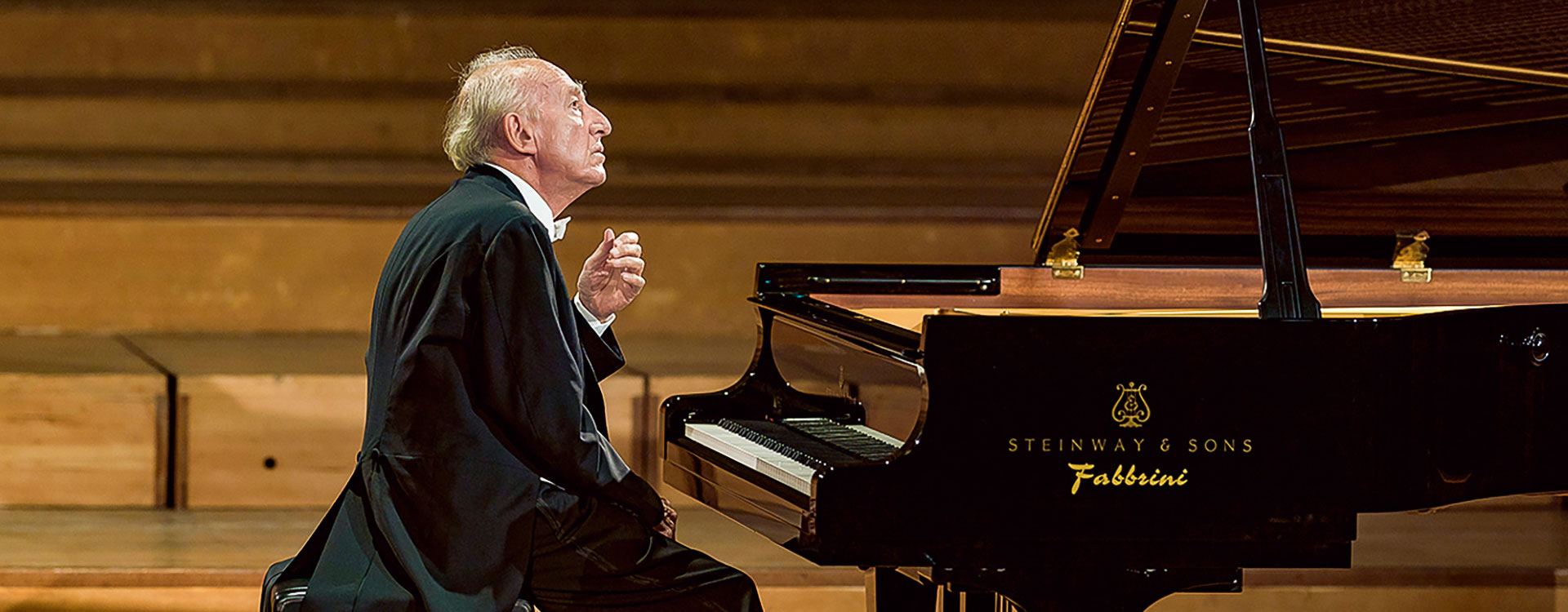
© Peter Meisel / DGG
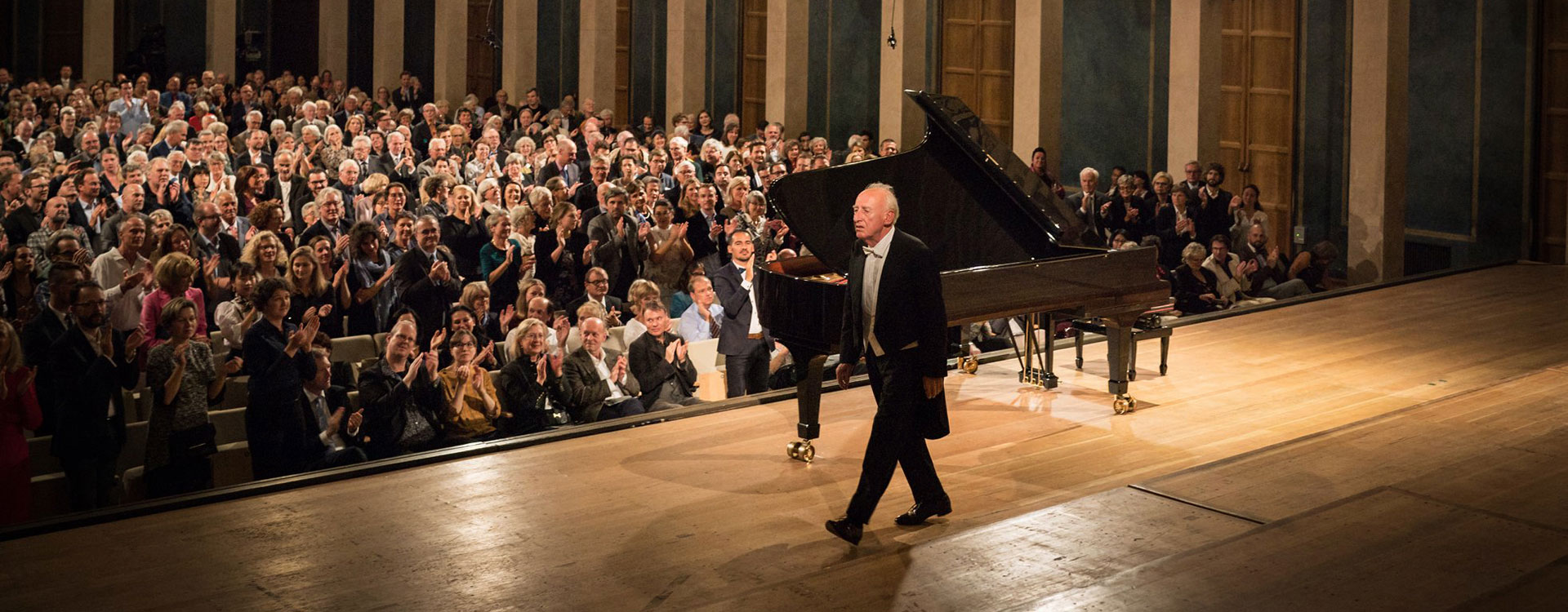
© Peter Meisel / DGG
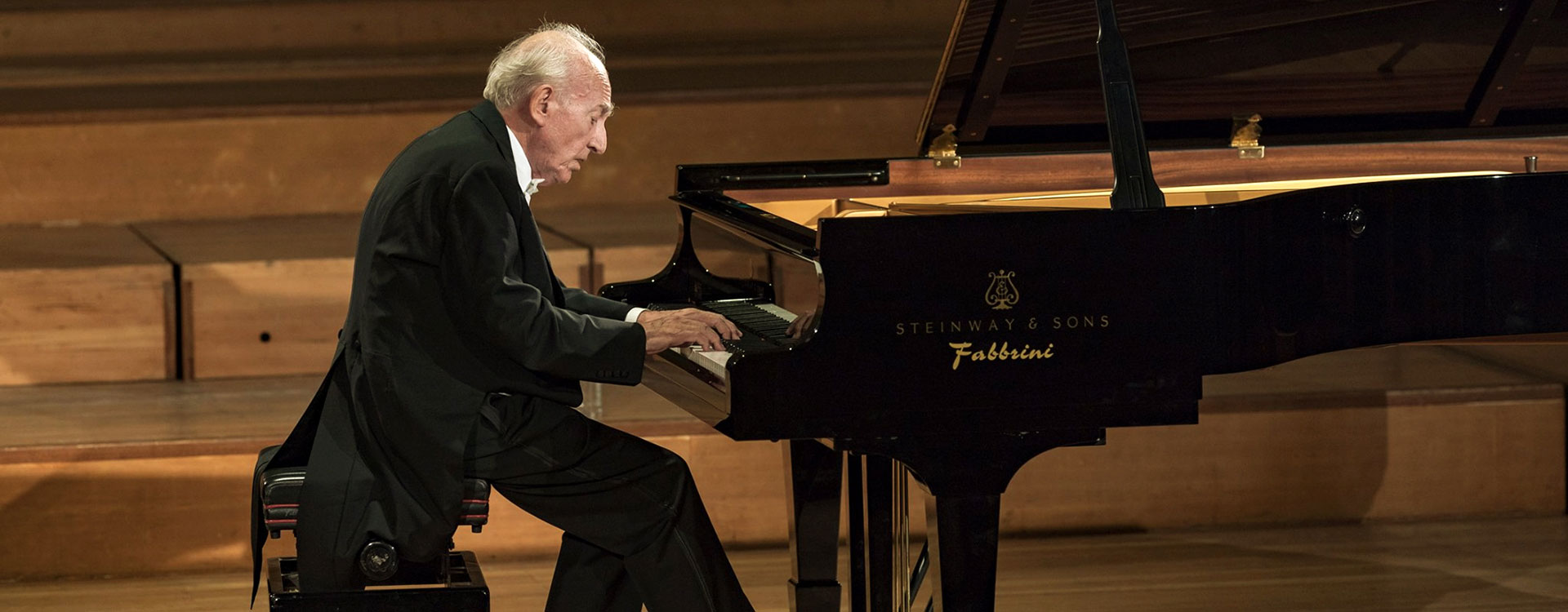
© Peter Meisel / DGG
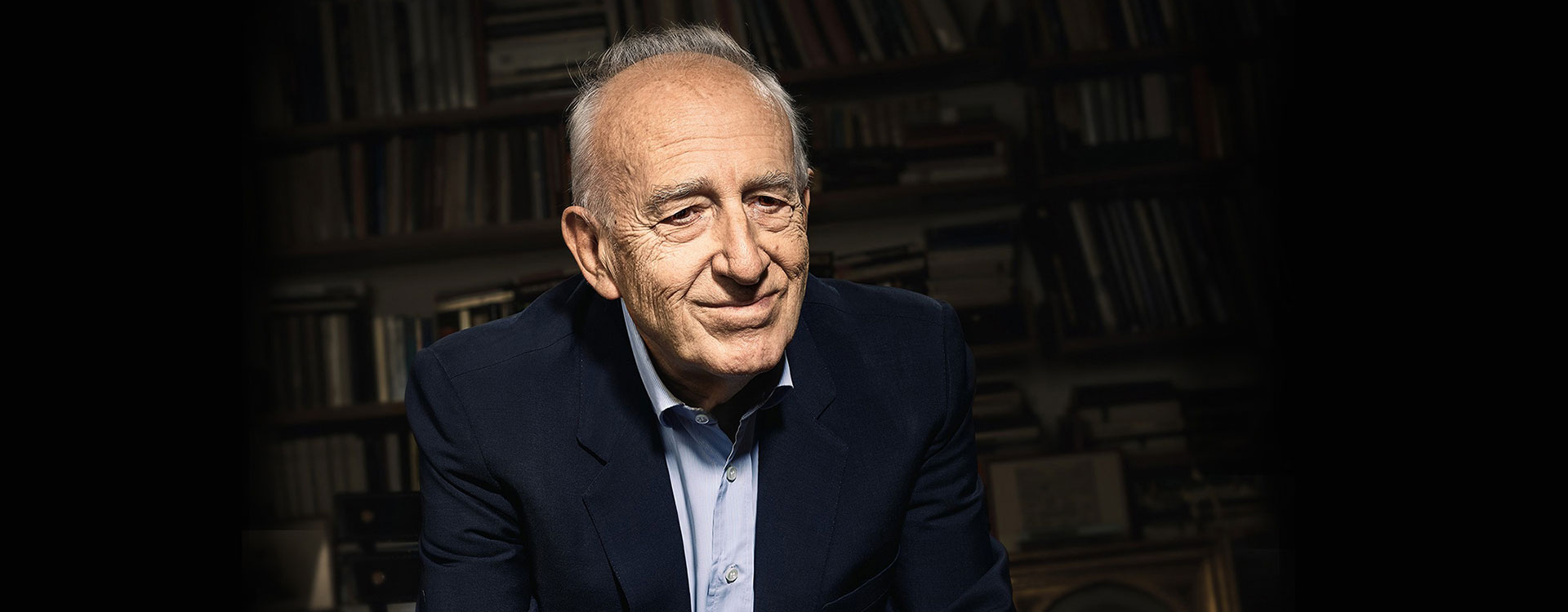
© York Christoph Riccius / DGG
Maurizio Pollini
The Late Beethoven Piano Sonatas
Director: Henning Kasten
Distributor: C Major Entertainment
Length: 59 mins. | 16:9 / HD
© 2019, a co-production of BFMI, ZDF in collaboration with Arte, BR Klassik and Deutsche Grammophon
Distributor: C Major Entertainment
Length: 59 mins. | 16:9 / HD
© 2019, a co-production of BFMI, ZDF in collaboration with Arte, BR Klassik and Deutsche Grammophon
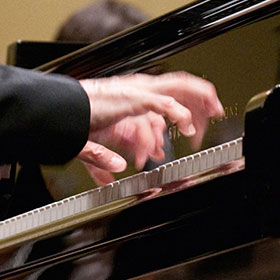
© Peter Meisel / DGG
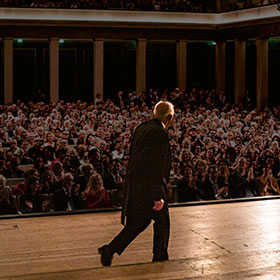
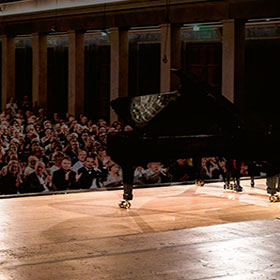
© Peter Meisel / DGG
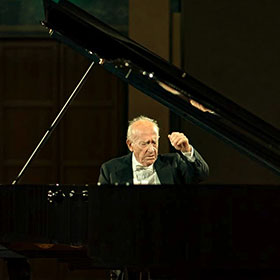
© Peter Meisel / DGG
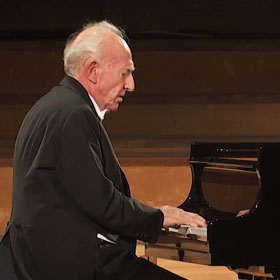
© BFMI
On the occasion of the Beethoven Year 2020, one of the greatest pianists of our time once again performs Beethoven‘s late works: Maurizio Pollini returns to the Herkulessaal in Munich for the recording of Piano Sonatas No. 30, 31, 32. This is exactly where the legendary, sharply contoured and technically flawless studio recordings were recorded. Only a few years ago, Pollini completed the recording cycle of all Beethoven piano sonatas which he begun in 1975. It took about four decades, almost an entire pianist‘s life.
In his career spanning sixty years, Pollini has always made himself scarce in the media. Pollini is shy, serious and hugely concentrated. His public performances have been selective, and they almost invariably sell out. Due to this unprecedented reluctance towards all marketing mechanisms, which is due to the understatement of the Milanese, there are only a few live recordings. Pollini has allowed his record company to make studio recordings without exception, until very recently.
With this new recording, Pollini follows his inner urge: “My preoccupation with Beethoven does not stop. The thought of their greatness and difficulty simply won‘t let me go.” For the now 77-year-old, the recording is more of an external caesura, his joy of playing and his affinity to the expressive experiments in the late piano sonatas stand in the foreground. But it is precisely this “exterior“ that offers the audience the opportunity to experience the artist‘s development in playing technique and interpretation.
The late Beethoven sonatas have been Pollini‘s inner discipline for some years. The one thing that is clear is that in Pollini, the rethinking process is constant. His Beethoven is one in whom every note is ‘essential.‘ Therefore to be preserved, without liberty. Pollini is particularly fascinated by the open spaces, the distances and the pauses, in Beethoven. “Beethoven‘s ideas are so compact,‘‘ Pollini says, ”that they require a special effort of concentration from the performer. One has to see the whole of the work before beginning.” Pollini argues that the pauses in modern music, the isolated notes, as in Webern, are merely extensions of these Beethoven spaces: “The pauses don‘t break the musical charge, the line always supersedes the pauses.”
Pollini exploits the entire spectrum of expressive possibilities; defiant, wild accentuations now join the noble distance. He always arrives with his own instrument, the “Fabbrini”. A slim grand piano that fits perfectly into the sound of the Herkulessaal. And Pollini still sounds out what is possible with the piano: “This instrument reacts in a certain way and follows your desires, your search, the one you are on. That is quite extraordinary. And that‘s the reason why I‘m still thrilled to be a pianist today.”
The recording is supplemented by an interview with Maurizio Pollini hosted by Andreas Ottensamer, shot in Milan, in which Pollini talks about his approach to Beethoven and contemporary music.
Ludwig van Beethoven Piano Sonata No.30 in E major op. 109 Piano Sonata No.31 in A flat major op. 110 Piano Sonata No.32 in C minor op. 111
Maurizio Pollini, piano
Ludwig van Beethoven Piano Sonata No.30 in E major op. 109 Piano Sonata No.31 in A flat major op. 110 Piano Sonata No.32 in C minor op. 111
Maurizio Pollini, piano